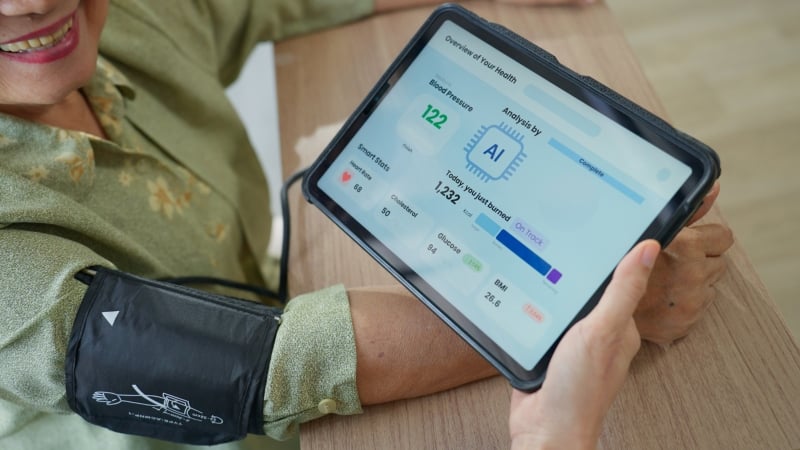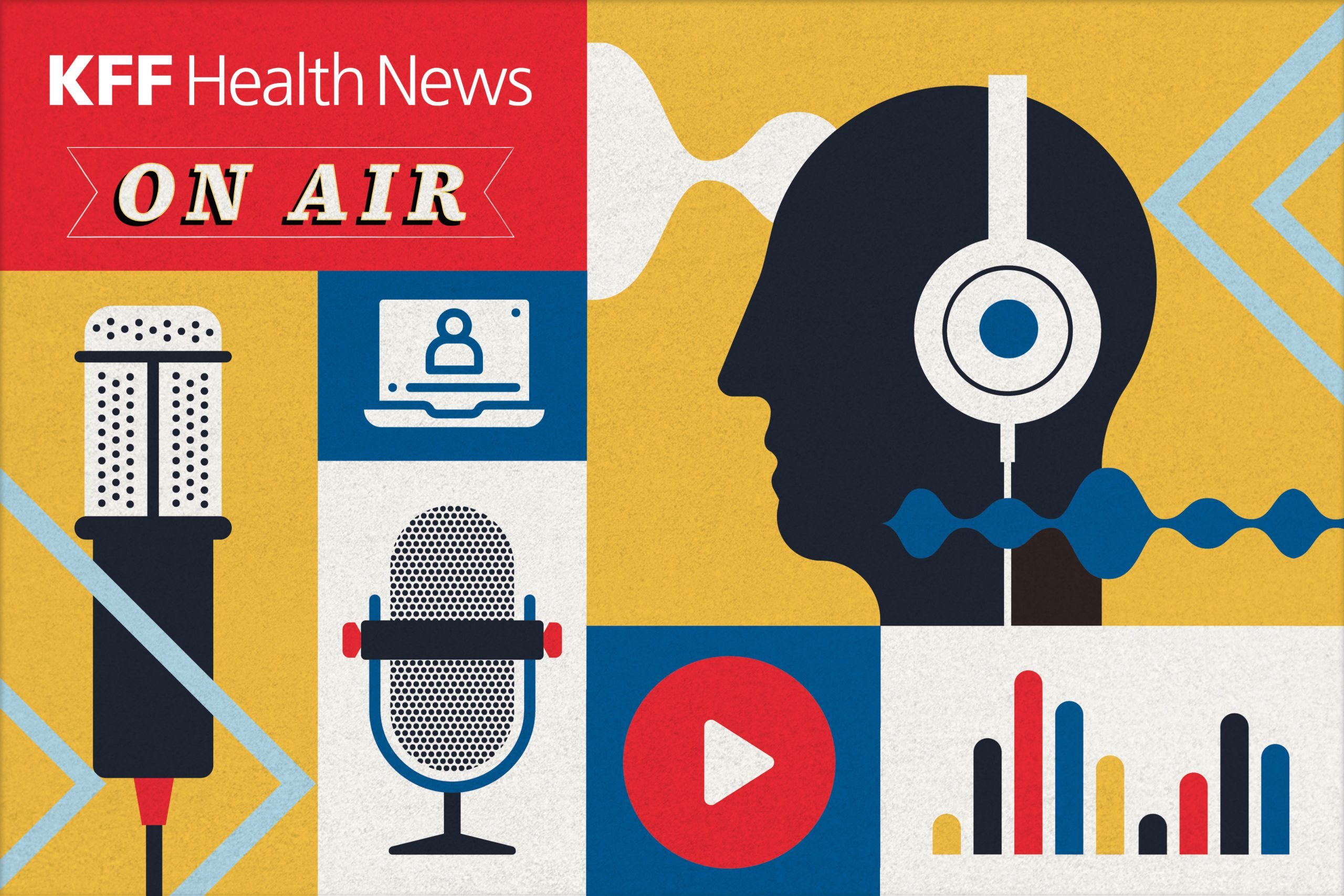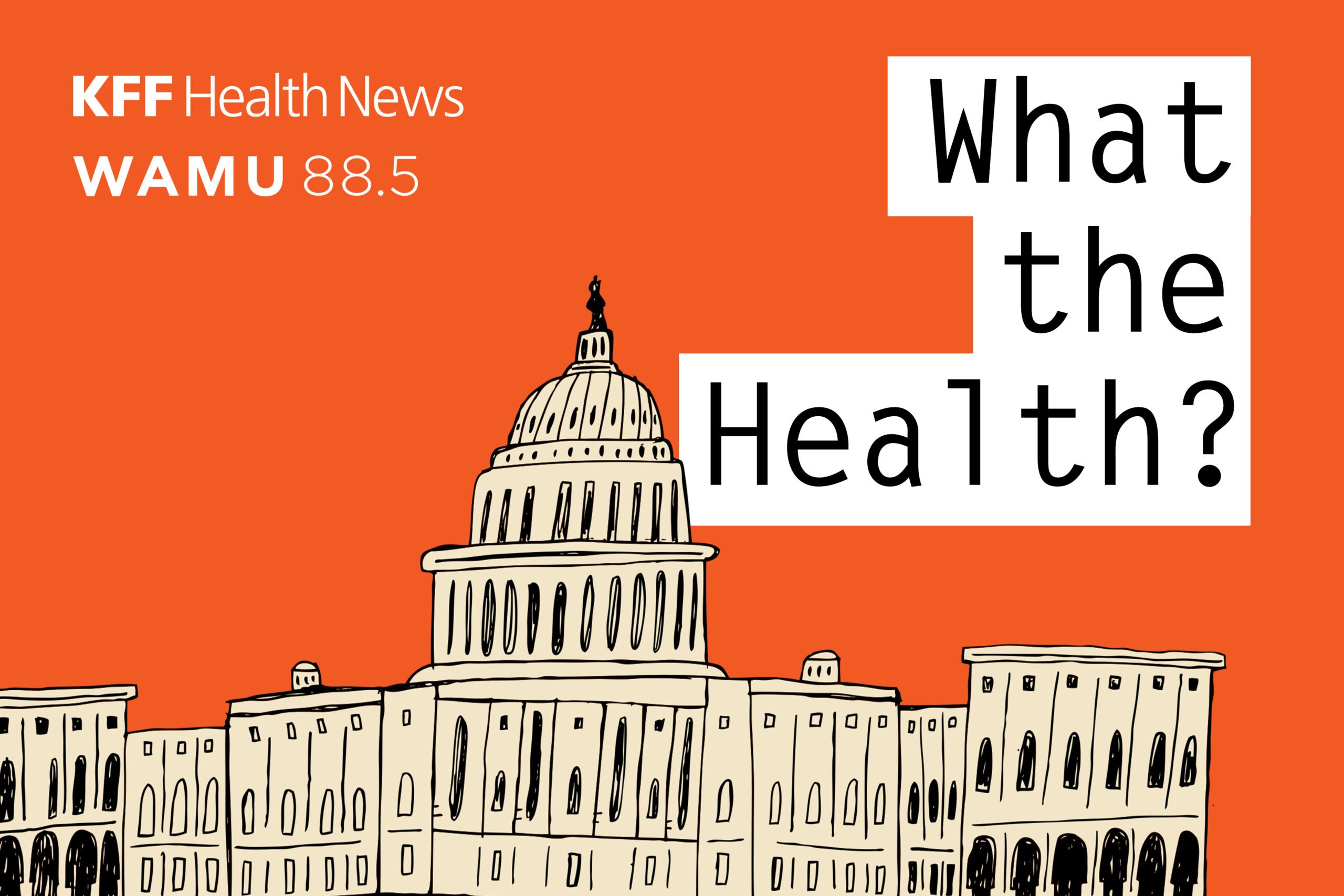

By Elliott Wong
The numbers for family medicine paint a bleak picture.
- By 2026, it is estimated that 4.4 million people in Ontario (one in four) will be without a family doctor.
- A survey from the Ontario College of Family Physicians reveals that 65 per cent of family doctors are preparing to leave or reduce their hours within the next five years.
- A survey of 1,300 family doctors in Ontario indicated that 94 per cent feel overwhelmed with administrative and clerical tasks as paperwork takes up to 40 per cent of their time.
- Rates of burnout and mental exhaustion among family physicians are at an all-time high.
- A lack of interest in family medicine among medical school graduates has left 100 unfilled family medicine residency spots since 2023.
Advances in Artificial Intelligence (AI), however, offer a way for family physicians to reduce administrative burden and burnout while fostering patient-centered care.
AI systems are computer algorithms and techniques that can perform complex cognitive tasks. For example, machine learning models learn without being explicitly instructed. CHARTwatch, an AI early warning system developed by St. Michael’s Hospital in Toronto, utilizes real-time patient vitals and laboratory results to predict in-hospital death and ICU admission, reducing unanticipated mortality by 26 per cent.
Ongoing research and analytical estimates suggest that full-deployment of AI applications could reduce Canadian health-care spending by 4.5-8 per cent a year without negatively impacting patient outcomes.
The implementation of natural language processing (NLP)– a subset of AI – such as AI scribes and Clinical Decision Support (CDS) tools that enable computers and digital devices to recognize, understand, interpret and generate text and speech in primary care will help reduce the administrative burden through (i) automated inbox triaging and management, (ii) streamlined clinical documentation, (iii) adjunctive tools that provide individualized diagnostics and management of chronic conditions along with (iv) ease of access to up-to-date evidence-based clinical guidelines.
AI scribes can help family physicians spend more time with patients while spending less time on clinical documentation. Conversations between physicians, patients and families can be captured and summarized in real-time, freeing physicians to devote more time to face-to-face patient interactions.
A study conducted by OntarioMD found that AI scribes led to 70-90 per cent reduction in time spent on paperwork, and 3-4 hours per week saved doing administrative tasks. Indeed, 83 per cent of participants said they would use an AI scribe in their practice long term; 82 per cent said they would recommend AI scribes to colleagues; 79 per cent said they were able to spend more time on patient care; and 76 per cent reported a reduction in information overload during patient consultations.
Patients also were enthusiastic, with 84 per cent reporting increased satisfaction with the visit and 95 per cent noting clinicians were more focused on their interaction.
In general, family physicians found the AI-generated notes were timely (73 per cent) and accurate (65.8 per cent). Importantly, nearly 95 per cent found it was easy to learn and implement an AI scribe within their clinical workflow.
Various AI scribes are PIPEDA (Personal Information Protection and Electronic Documents Act) compliant, each with its own monthly subscriptions and tiered pricing, has its own unique features and is compatible with EMR vendors. For example, Mutuo Health is launching a product called AutoForm that reads and fills in PDFs like blood requisitions, disability forms and insurance forms. Quip is beta launching a billing aid feature that recommends billing codes relevant to patient encounters. Scribeberry has launched an autonomous clinical co-pilot called Ada that can conduct a patient interview (in 40+ languages) and prepare a detailed summary prior to a physician visit.
Test results, referral letters, specialist updates and prescription refill requests can be processed to reduce the administrative and cognitive overload.
Large Language models (LLM) can provide evidence-based clinical guidelines to support diagnostic and therapeutic decisions as well as inbox triaging and summaries to better understand a patient’s clinical trajectory. Test results, referral letters, specialist updates and prescription refill requests can be processed to reduce the administrative and cognitive overload. For example, WELL AI Inbox Admin creates custom workflows to help optimize clinical operations and manage incoming documents such as faxes, which are still prevalent in our health-care ecosystem. In a pilot study involving six clinics, more than 16,000 faxes were effectively managed, leading to an estimated timesaving of more than 18 hours per week per clinic.
Interactive, user-friendly search engines can help minimize time spent navigating complex interfaces or lengthy articles, allowing physicians to gather the latest studies and clinical guidelines. For example, OpenEvidence provides evidence-based summaries, direct links to peer-reviewed research articles and up-to-date information on clinical guidelines, diagnostic criteria and therapeutic approaches. However, a concern remains around potential biases in the source selection process and the quality of evidence selected (such as CME-accredited content) or excluded. Undoubtedly, broader evidence integration and enhanced transparency is essential for optimizing the use of current and future LLMs that provide real-time synthesis and access to medical literature.
Clinical patient summaries are crucial for condensing information on patients with chronic diseases, multiple comorbidities and numerous encounters with the health-care system, especially given our increasingly aging population. Over the next 10 years, the proportion of seniors will rise to 21 per cent of the Canadian population from 16.9 per cent, adding an estimated $90 billion in health-care costs. This highlights the need for more supports for our primary care system, such as implementation of CDS tools. For instance, Medley is a smartphone based telemonitoring program that supports clinicians and patients in management of heart failure. It uses an XGBoost algorithm that utilizes a patient’s vital measurements and lab values (BNP, cholesterol) to predict heart failure decompensation while also auto-titrating guideline-directed medical therapy. More than 90 per cent of patients achieved target doses within six months of remote titration, along with a 54.5 per cent reduction in clinic visits. Importantly, patients expressed satisfaction, peace of mind and improved relationship with their care team.
CDS tools, in general, can provide reminders, condition reports, evidence-based guideline recommendations, and patient-specific questionnaires. Evidence shows that CDS use improves adherence to clinical guidelines, promotes preventative and public health interventions, enhances patient safety and supports cost containment by minimizing duplicate orders and suggesting cost-effective treatments. These systems also streamline administrative tasks through automated documentation and facilitate research by identifying patients eligible for clinical studies.
While technology holds significant promise for improving primary care in Canada, its integration must be approached with caution. CDS tools are not without limitations. Alert fatigue – when clinicians are overwhelmed by excessive notifications – can reduce engagement, with 49-96 per cent of alerts commonly ignored.
Another concern is that AI models trained on non-representative data risk reinforcing existing health disparities – particularly for Indigenous, racialized or rural populations. Regulatory oversight in Canada is still evolving; Health Canada will need to adapt existing frameworks to monitor the safety and performance of continuously learning systems.
Additionally, there are ethical concerns around over-reliance on AI tools that should remain a complement – not a replacement – for clinical judgment. These tools are not yet capable of delivering fully tailored, context-specific recommendations, emphasizing the need for clear guidelines on the use of AI tools within clinical practice. To ensure responsible implementation, Canadian health-care systems must prioritize transparency, equity, human oversight and provider education. These principles are echoed in a position statement from the College of Family Physicians of Canada.
Developed conscientiously and used judiciously by family physicians, AI and NLP applications are promising adjunctive tools that will help reduce administrative burden and burnout and enhance delivery of patient-centered care for all Canadians.
—
Previously Published on healthydebate.ca with Creative Commons License
***
Does dating ever feel challenging, awkward or frustrating?
Turn Your Dating Life into a WOW! with our new classes and live coaching.
Click here for more info or to buy with special launch pricing!
***
On Substack? Follow us there for more great dating and relationships content.
Join The Good Men Project as a Premium Member today.
All Premium Members get to view The Good Men Project with NO ADS. Need more info? A complete list of benefits is here.
—
Photo credit: iStock
Disclaimer: This story is auto-aggregated by a computer program and has not been created or edited by healthlydays.
Publisher: Source link












